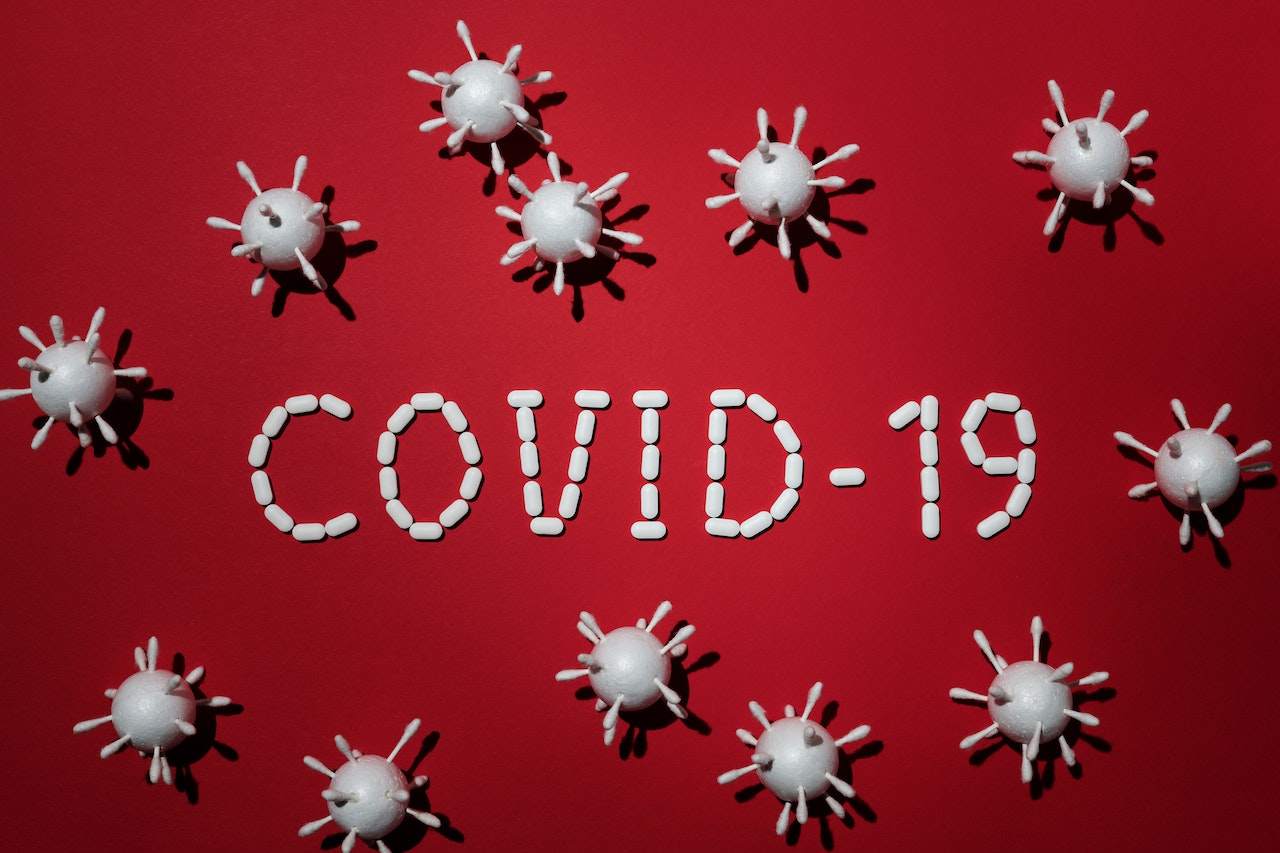
The outbreak of the novel coronavirus (COVID-19) has caused a global health crisis, with over 70 million confirmed cases and 1.6 million deaths reported worldwide as of early December 2020. The pandemic has also resulted in widespread economic disruption, with businesses and institutions forced to shut down or scale back operations in an effort to control the spread of the virus.
As health officials and scientists race to better understand the virus and develop treatments and vaccines, the World Health Organization (WHO) has released guidance on how to protect yourself from COVID-19 and what to do if you become infected. Here’s a look at the latest information on the coronavirus outbreak, including how it started, how it’s spread, and what measures you can take to protect yourself.
What is the coronavirus?
The Worldcoronaviras (coronavirus) is a type of virus that belongs to a family of viruses that cause respiratory illnesses in humans. These viruses are typically spread through the air, and can cause severe respiratory infections such as pneumonia, bronchitis, and even meningitis. The coronavirus that has caused the current outbreak, referred to as COVID-19, is a new strain of virus that has not been seen before.
How did the outbreak start?
The first cases of COVID-19 were reported in China in December 2019, and the outbreak is believed to have started in a seafood market in the city of Wuhan. The market was initially linked to a large number of cases, but it’s now believed that the virus was circulating in the community before the market was identified as the source.
How does the coronavirus spread?
The coronavirus is thought to spread through close contact with an infected person, through respiratory droplets that are released when they cough or sneeze. It’s also possible to contract the virus by touching a surface that has the virus on it and then touching your mouth, nose, or eyes.
What are the symptoms of the coronavirus?
The most common symptoms of COVID-19 are fever, cough, and shortness of breath. These symptoms can range from mild to severe, and in some cases, can lead to death. In severe cases, the virus can cause pneumonia, which can be fatal.
Who is at risk for the coronavirus?
Anyone can contract the coronavirus, but people with underlying health conditions are at a higher risk of developing severe symptoms. These include people with chronic lung diseases, heart conditions, and diabetes. Older adults and people with weakened immune systems are also at a higher risk.
What measures can I take to protect myself from the coronavirus?
There are a number of measures you can take to protect yourself from the coronavirus, including:
-Washing your hands often with soap and water, or using an alcohol-based hand sanitizer
-Avoiding close contact with people who are sick
-Avoiding touching your eyes, nose, and mouth
-Covering your cough or sneeze with a tissue, then throwing the tissue in the trash
-Cleaning and disinfecting surfaces that are frequently touched
-Staying home if you are sick
If you think you may have been exposed to the coronavirus, it’s important to seek medical attention right away. You should also self-isolate and avoid contact with other people to prevent the spread of the virus.
What should I do if I think I have the coronavirus?
If you have symptoms of COVID-19, the first thing you should do is call your doctor. They will be able to give you instructions on what to do next, which may include self-isolating and seeking testing.
It’s important to remember that the vast majority of people who contract the coronavirus will experience mild to moderate symptoms and will recover without requiring hospitalization. However, it’s still important to seek medical attention if you think you may have the virus, as it can lead to serious respiratory infections in some people.
What is worldcoronaviras
WorldCoronaviras is a website that provides information on the coronavirus outbreak. The site includes updates on the number of confirmed cases and deaths, as well as information on how to protect yourself from the virus.
For more updates visit technoinstructor.com














